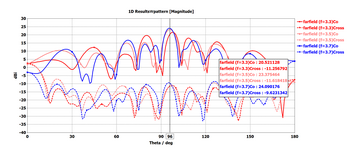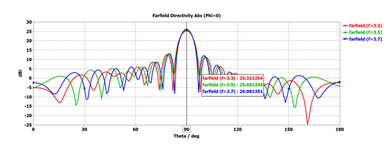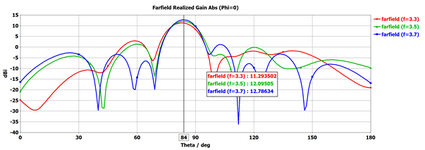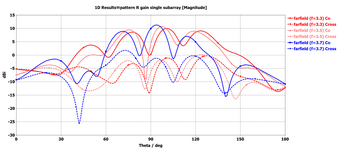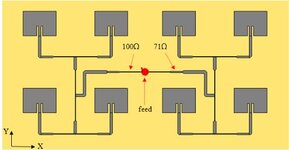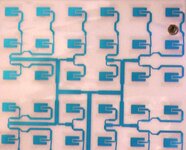lkminz
Member level 4
Hi all,
I am working to optimise antenna array of 12x8 element.
I came across a strange situation. My antenna array without Feeding network shows good broadside direction pattern.
however, with addition of feeding network the radiation pattern shows high sidelobe and pattern shape distort a lot.
It would be great if someone can help me to understand the issue. Thank you.
I have attached with feeding network and without feeding network image below.
I am working to optimise antenna array of 12x8 element.
I came across a strange situation. My antenna array without Feeding network shows good broadside direction pattern.
however, with addition of feeding network the radiation pattern shows high sidelobe and pattern shape distort a lot.
It would be great if someone can help me to understand the issue. Thank you.
I have attached with feeding network and without feeding network image below.
